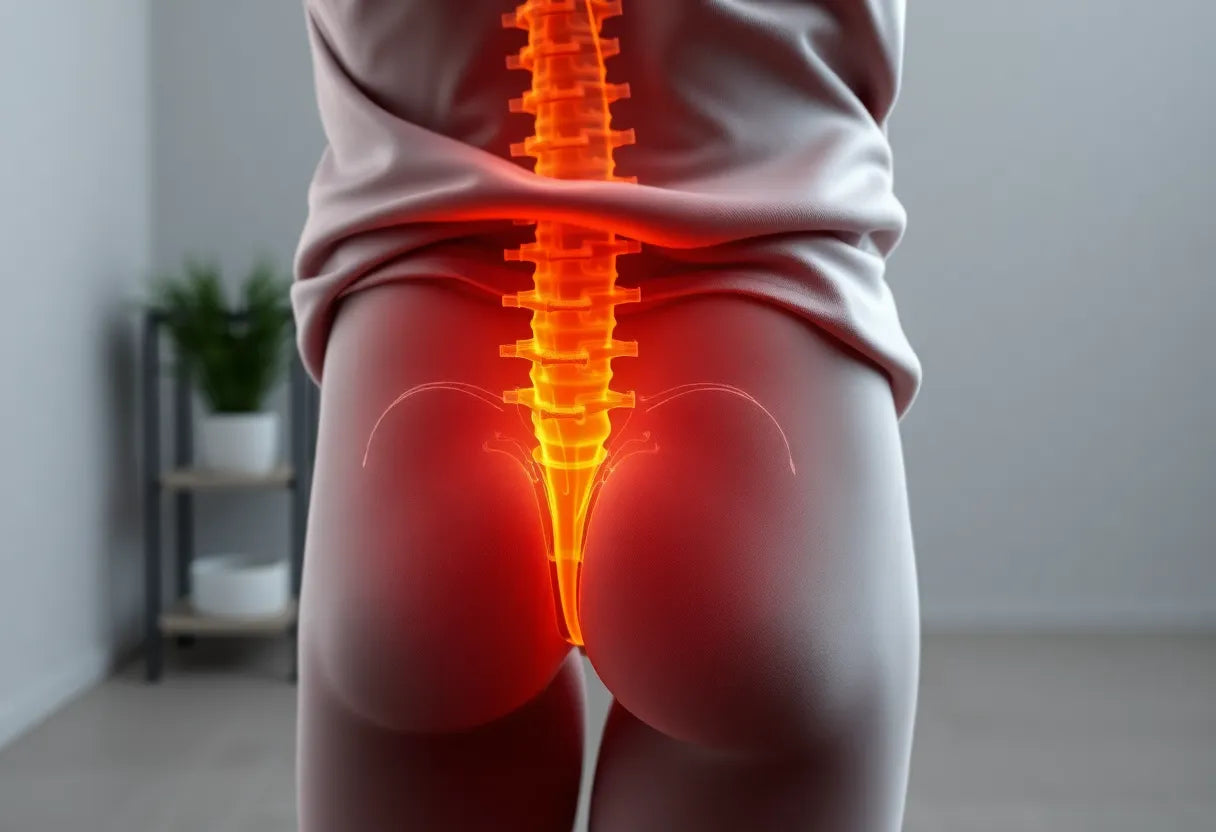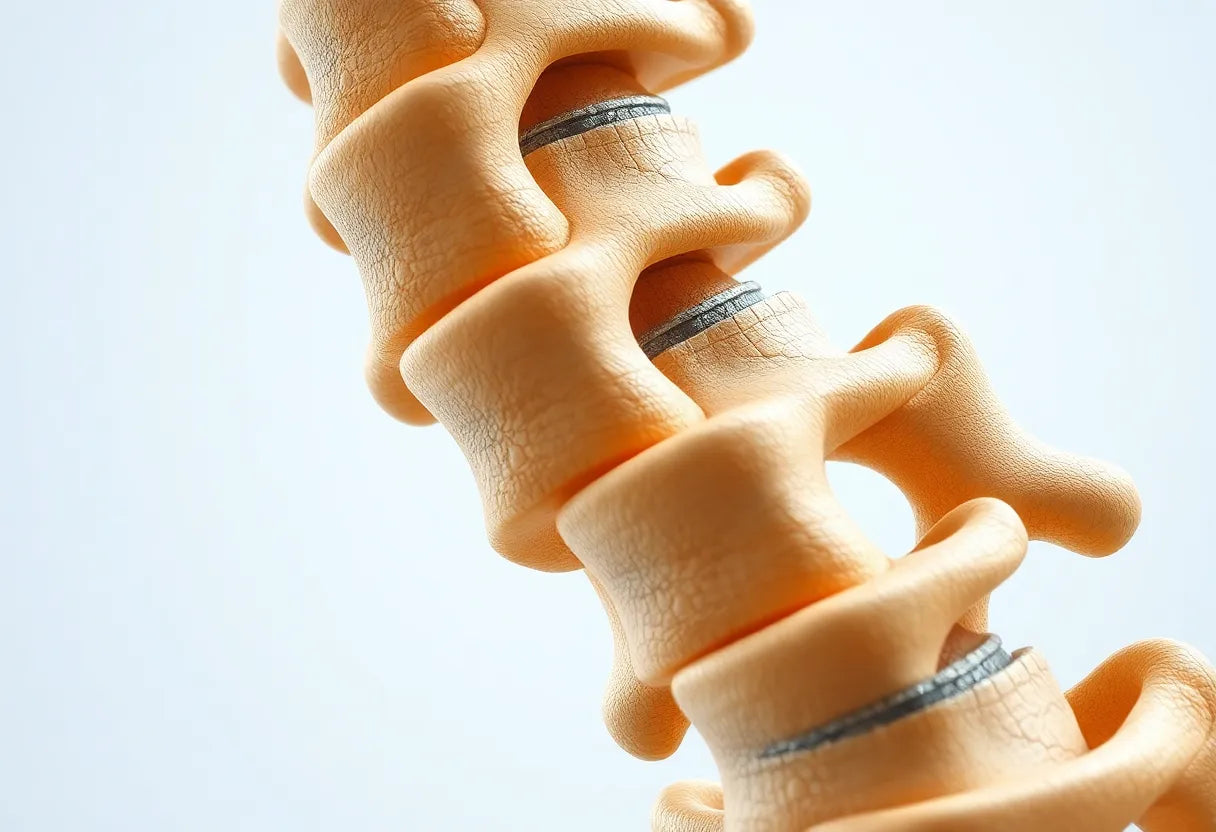Sciatica is a term that many have heard but few fully understand. It’s a condition that quietly affects a significant portion of the population, often without the dramatic fanfare of more well-known ailments. Yet, the symptoms of sciatica can be telling signs of deeper, underlying issues that require attention. Whether it’s a sharp twinge or a persistent ache, sciatica pain symptoms can disrupt daily life in ways that are both subtle and profound.
Understanding sciatica and its prevalence
Sciatica is not a disease in itself but a symptom of an underlying medical condition. It occurs when the sciatic nerve, which runs from the lower back through the hips and down each leg, becomes irritated or compressed. This irritation can lead to a range of discomforts, from mild tingling to severe pain. The condition is surprisingly common, with studies suggesting that up to 40% of people will experience sciatica at some point in their lives. The prevalence of sciatica underscores the importance of recognizing its symptoms early, as it can significantly impact one's ability to perform everyday activities.
The impact of sciatica on daily life
The symptoms of sciatica are not just physically uncomfortable; they can also be mentally taxing. The pain or discomfort can limit mobility, making simple tasks like walking, sitting, or even standing a challenge. This can lead to a decrease in physical activity, which in turn may affect overall health and wellbeing. Moreover, the unpredictable nature of sciatica pain—sometimes flaring up without warning—can add a layer of stress and anxiety to those affected.
Recognizing the symptoms of sciatica pain
The aim of this discussion is to shed light on the often misunderstood symptoms of sciatica pain. By recognizing these symptoms early, individuals can seek appropriate interventions, potentially mitigating the impact on their lives. Sciatica pain typically radiates from the lower back or buttocks down one leg, often described as a sharp, burning, or electric sensation. It's crucial to note that these symptoms usually affect only one side of the body, a key characteristic of sciatica.
In the following sections, we will delve deeper into the specific patterns of sciatica pain, the sensory changes that accompany it, and the potential muscle weakness it can cause. Understanding these elements is essential for anyone experiencing symptoms or those who wish to support someone dealing with this condition. By unmasking the silent signals of sciatica pain, we can better equip ourselves to handle this common yet challenging condition.
the sciatica pain pattern
The hallmark of sciatica is its distinctive pain pattern, which typically begins in the lower back or buttocks and radiates down one leg. This pain is often described as sharp, burning, or electric, and it can range from a mild ache to an intense, debilitating sensation. The unilateral nature of sciatica symptoms—meaning they usually affect only one side of the body—is a key characteristic that helps differentiate it from other types of back pain. This pattern is crucial for understanding the condition, as it points directly to the involvement of the sciatic nerve.

Lumbar support belt
Provides adjustable support and relief for lower back pain and sciatica.
To better visualize this pain pathway, imagine a line that traces from the lower back, through the buttock, down the back of the thigh, and into the calf and foot. This line represents the sciatic nerve's course and highlights the areas most likely to be affected by sciatica pain. Such a visual aid can be invaluable for those trying to pinpoint the source of their discomfort.
sensory changes associated with sciatica
Beyond pain, sciatica can manifest through various sensory changes, often experienced as numbness, tingling, or a "pins and needles" sensation. These symptoms typically follow the same pathway as the pain, extending from the lower back down to the foot or toes. These sensory disturbances can significantly impact daily activities, as they may affect balance and coordination. For instance, individuals might find it challenging to maintain stability while walking or standing, increasing the risk of falls and injuries.
muscle weakness and its implications
Sciatica can also lead to muscle weakness in the affected leg, which can compound mobility issues. This weakness arises because the sciatic nerve also plays a role in muscle control. When it is compressed or irritated, the signals it sends to the muscles can be disrupted, leading to reduced strength. This can result in gait problems, making it difficult to move the leg or foot effectively. A comparison of muscle strength between a healthy leg and one affected by sciatica can reveal significant differences, underscoring the condition's impact on physical function.
reflex or movement impact on symptoms
Certain actions and movements can exacerbate sciatica symptoms, providing clues for diagnosis and management. Activities that increase pressure on the sciatic nerve, such as sitting for long periods, bending forward, coughing, or sneezing, often intensify the pain. These triggers highlight the importance of identifying and modifying daily habits to alleviate discomfort. Diagnostic maneuvers, such as the straight-leg raise test, are commonly used by healthcare professionals to confirm the presence of sciatica by reproducing symptoms under controlled conditions.
duration and severity of sciatica symptoms
Sciatica symptoms can vary widely in duration and severity. For many, the condition is acute, with symptoms lasting from a few days to a few weeks. However, if the underlying cause is not addressed, sciatica can become chronic, persisting for months or even years. Recognizing when symptoms are escalating is crucial, as certain "red flag" symptoms—such as bowel or bladder dysfunction and progressive weakness—require immediate medical attention. These serious signs indicate potential nerve damage and necessitate prompt intervention to prevent long-term complications.
Understanding the pattern, sensory changes, muscle weakness, and potential triggers of sciatica pain is essential for effective management. By being aware of these symptoms, individuals can take proactive steps to address their condition and improve their quality of life. In the next section, we will explore the underlying causes of sciatica and discuss preventative measures that can help reduce the risk of recurrence.
Understanding the underlying causes of sciatica
Sciatica often arises from conditions that exert pressure on the sciatic nerve. Common causes include herniated discs, where the soft center of a spinal disc pushes through a crack in the tougher exterior casing, and bone spurs, which are bony projections that develop along the edges of bones. Both conditions can compress the nerve, leading to the characteristic pain and discomfort. Spinal stenosis, a narrowing of the spaces within the spine, can also contribute to sciatica by putting pressure on the nerves.

Men's Posture Shirt™ - Black
Activates muscles and helps relieve back pain with patented NeuroBand™ tech.
Beyond these structural issues, lifestyle factors can play a significant role. Prolonged sitting, particularly with poor posture, can exacerbate symptoms, as can obesity, which increases the load on the spine. Additionally, occupations that require heavy lifting or twisting movements can increase the risk of developing sciatica.
Preventative measures for sciatica
Preventing sciatica involves a combination of lifestyle adjustments and ergonomic improvements. Regular exercise, focusing on strengthening the core muscles, can provide better support for the spine and reduce the likelihood of nerve compression. Activities such as yoga or Pilates that enhance flexibility and posture are particularly beneficial.
Ergonomic adjustments at work and home can also make a significant difference. Ensuring that chairs and desks are set to appropriate heights, using lumbar support cushions, and taking regular breaks to stand and stretch can help mitigate the risk of sciatica. Maintaining a healthy weight through a balanced diet and regular physical activity further reduces strain on the spine.
Concluding remarks
Recognizing the symptoms of sciatica early and understanding the potential underlying causes are crucial steps in managing this condition effectively. By adopting preventative measures and making lifestyle changes, individuals can significantly reduce their risk of developing sciatica or experiencing recurrent episodes. For those already affected, these strategies can help alleviate symptoms and improve quality of life.
Frequently asked questions
What are the most common symptoms of sciatica?
The most common symptoms of sciatica include radiating pain from the lower back down one leg, numbness, tingling, and muscle weakness. These symptoms usually affect only one side of the body.
How long do sciatica symptoms typically last?
Sciatica symptoms can be acute, lasting from days to weeks, but may become chronic if the underlying cause is not treated. Chronic symptoms can persist for months or longer.
When should I see a doctor for sciatica?
It is advisable to see a doctor if you experience severe pain, bowel or bladder dysfunction, or progressive weakness in the leg. These could be signs of a more serious condition requiring immediate medical attention.
Can sciatica be prevented?
While not all cases of sciatica can be prevented, maintaining good posture, exercising regularly, and using ergonomic aids can help reduce the risk. Lifestyle changes, such as weight management and avoiding prolonged sitting, can also be beneficial.
Källor
- American Medical Association. (n.d.). "What Doctors Wish Patients Knew About Sciatica."
- Hospital for Special Surgery. (n.d.). "Sciatica."
- Penn Medicine. (n.d.). "Sciatica."
- Harvard Health Publishing. (n.d.). "Sciatica."
- Mayo Clinic. (n.d.). "Sciatica: Symptoms and Causes."
- National Center for Biotechnology Information. (n.d.). "Sciatica."
- Yale Medicine. (n.d.). "Sciatica."
- UPMC. (n.d.). "Sciatica."


















